Do you have a question about the Samsung LN32C350 and is the answer not in the manual?
Guidelines for viewing different television formats to prevent screen aging.
Details on cross-border warranty service and service center requirements.
Advice to avoid displaying static images to prevent screen ghosting.
Instructions on maintaining proper ventilation and secure installation.
Overview of the TV's main capabilities and digital interface.
List of items provided with the LCD TV for setup and use.
Step-by-step guide for attaching the TV stand securely.
Description of buttons like Power, Source, Menu, Volume, and Channel.
Location and function of the remote sensor and power status light.
Information on TV standby mode and power consumption.
Explains functions of buttons like Power, Source, Channel, Media Play, and Menu.
Guidance on inserting batteries correctly for remote operation.
Steps for connecting an antenna for signal reception.
Guided setup process for language, region, and channel tuning.
Options for setting the TV's clock manually or automatically.
Guide for HD connection using HDMI or DVI for high-quality picture.
Instructions for connecting devices via component or composite AV cables.
How to connect audio systems via optical or analog cables.
Steps for connecting a computer to the TV for display.
Information on supported display modes and optimal resolution.
How to select different input sources like TV, AV, HDMI, PC.
Guide to using the remote and on-screen display for menu navigation.
How to view, select, and manage channels using the channel list.
Explanation of icons used in the channel list display.
Setting and managing frequently watched channels.
Process for scanning and storing available TV channels.
Managing channels via add, delete, timer viewing, and selection.
Selecting picture modes like Dynamic, Standard, or Movie.
Fine-tuning picture quality with options like brightness, contrast, and sharpness.
Setting channel display timers and managing reserved programs.
Guide to using the TV as a computer monitor, including resolution.
Adjusting advanced picture settings for optimal viewing.
Selecting screen aspect ratios like 16:9, Zoom, or Wide Fit.
Using filters to improve picture quality and setting film mode.
Resetting picture settings to default values.
Choosing sound modes for music, movies, or clear voice.
Fine-tuning sound balance, frequency, and equalizer settings.
Enabling virtual surround sound and selecting multi-track audio.
Managing audio output and resetting sound settings.
Configuring the TV's clock for accurate timekeeping.
Programming the TV to turn on/off automatically or enter sleep mode.
Locking programs based on rating using a personal identification number.
Understanding and applying TV rating systems for content filtering.
Using movie and Canadian rating systems for content control.
Utilizing downloadable rating information for DTV channels.
Customizing caption size, font, color, and opacity.
Optimizing TV settings for a better gaming experience.
Settings for startup melody and adjusting brightness for power saving.
Performing system checks and updating TV software via USB.
Information for customer support and connecting HD devices.
Steps to connect USB devices for media playback.
Exploring photos and music files via the Media Play interface.
Displaying photos and accessing viewing options.
Setting up slideshows with options for speed and background music.
Selecting and playing MP3 files from a USB device.
Adjusting volume, muting, and using repeat modes for music.
Configuring slideshow speed, background music, and screen saver.
Selecting and playing photos or music files from the USB device.
Instructions and precautions for mounting the TV on a wall.
Details on VESA mounting standards and screw compatibility.
Steps for installing a TV holder kit for safety and stability.
Using cables to secure the TV to the wall for anti-tip safety.
Using a Kensington lock to secure the TV in public places.
Diagnosing and resolving issues like distortion, color problems, or lines.
Troubleshooting picture problems related to cable and component connections.
Solutions for when the TV displays no picture or video.
Resolving issues with antenna reception and PC connectivity.
Diagnosing and fixing sound output and remote control malfunctions.
Addressing issues like lost settings, banner ads, or plastic smell.
Technical details on screen resolution, operating conditions, and humidity.
Specifications for different models including size and weight.
Details on audio technology licenses and digital apparatus compliance.
Measurements of the TV from front and side perspectives.
Dimensions of the rear panel's connection ports.
| Equalizer | Yes |
|---|---|
| Audio system | SRS HD |
| RMS rated power | 20 W |
| Number of speakers | 2 |
| HDMI | No |
| Product weight | 15.7 lbs |
| Power requirements | 100 - 240V |
| Box depth (imperial) | 6.7 \ |
| Box width (imperial) | 40.2 \ |
| Box height (imperial) | 24.6 \ |
| Audio (L/R) in | 1 |
| USB 2.0 ports quantity | USB 2.0 ports have a data transmission speed of 480 Mbps, and are backwards compatible with USB 1.1 ports. You can connect all kinds of peripheral devices to them. |
| S-Video inputs quantity | 0 |
| Product color | Black |
| LED indicators | Stand-by |
| Sustainability certificates | ENERGY STAR |
| Response time | 6 ms |
| Display diagonal | 32 \ |
| Display resolution | 1366 x 768 pixels |
| Native aspect ratio | 16:9 |
| Contrast ratio (dynamic) | 30000:1 |
| Power consumption (standby) | 1 W |
| Depth (with stand) | 247.2 mm |
|---|---|
| Width (with stand) | 795.3 mm |
| Height (with stand) | 585.3 mm |
| Weight (with stand) | 7600 g |
| Depth (without stand) | 65.6 mm |
| Height (without stand) | 525.8 mm |
| Weight (without stand) | 7100 g |


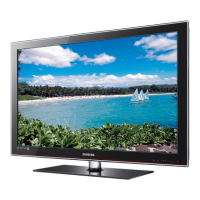
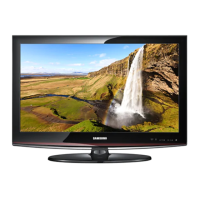
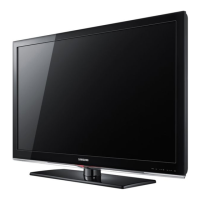


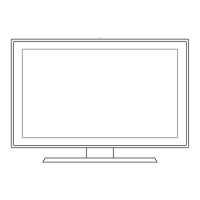
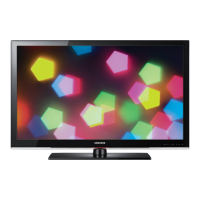
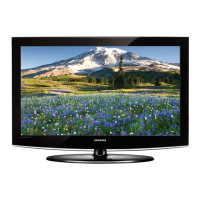

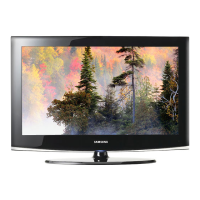
